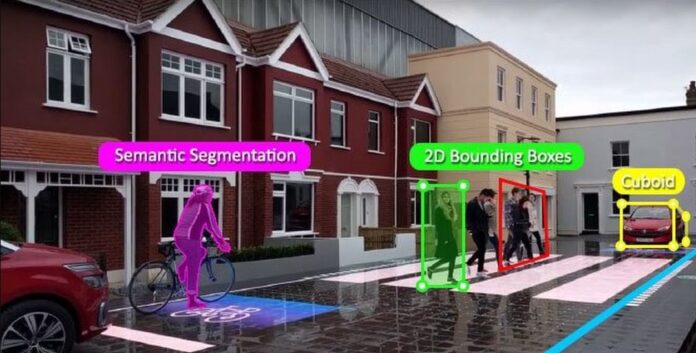Introduction
Nowadays, images are king across all digital platforms and industries, making an understanding of the art and science of picture annotation more important than ever. Image annotation is essential to fully utilizing visual data, such as that generated by self-driving cars traversing complex environments or medical imaging systems recognizing disorders. This comprehensive guide will take you deep into image annotation, exploring its definition, methods, applications, and crucial role in revolutionizing industries.
What Exactly is Image Annotation?
Image annotation adds descriptive tags to images so that computers can read and comprehend visual data. Object detection and labeling involve assigning meaningful labels to parts of an image to facilitate further analysis and classification.
Image Annotation: Why Is It Important?
Annotating images is crucial because it paves the way for computers to understand what they see. You can unleash the full potential of image annotation by understanding various approaches to image annotation services, addressing challenges, using resources, and looking ahead to emerging trends. A comprehensive grasp of the value and applications of image annotation across sectors paves the way for transformative breakthroughs, enhanced decision-making, and new insights into the world’s visual environment.
Techniques in Image Annotation
Some of the most common techniques in image annotation are given below:
- Bounding Box Annotation
Drawing rectangles around objects to identify their location and boundaries
- Polygon Annotation
Outlining irregular shapes to label objects or regions of interest precisely
- Semantic Segmentation
Assigning pixel-level labels to different objects or regions for detailed analysis.
- Landmark Annotation
Identifying and labeling key points on an object’s structure for precise measurements or tracking
Applications of Image Annotation
The emerging applications of image annotation are provided below:
- Autonomous Driving
Annotated images train self-driving algorithms to detect objects, pedestrians, traffic signs, and road markings.
- Medical Imaging
Annotations aid in identifying and classifying abnormalities, assisting in diagnoses and treatment plans.
- E-commerce and Visual Search
Image annotation enables product recognition, visual search, and personalized recommendations.
- Content Moderation
Annotations support content filtering, object recognition, and moderation on social media platforms.
Challenges in Image Annotation
Like any other technology, image annotation also has several challenges. Some of the challenges are mentioned below:
- Subjective Interpretation
Annotators may have different interpretations and labeling approaches, leading to consistency.
- Inter-Annotator Agreement
Ensuring high agreement among annotators is crucial for reliable and accurate annotations.
- Scalability
Handling large datasets and scaling annotation efforts can be time-consuming and costly.
- Dataset Bias
Annotator biases have the potential to skew annotations, which can produce biased training data for machine learning models for data mining services.
Tools and Technologies for Image Annotation
Some of the most important tools and technologies associated with the field of image annotation are mentioned below:
- Annotation Platforms
Intuitive platforms with collaborative features, quality control mechanisms, and version control.
- AI-Assisted Annotation
Machine learning algorithms aid annotators, improving efficiency and accuracy.
- Automatic Suggestions
Tools provide suggestions and pre-annotations to speed up the annotation process.
- Annotation Validation
Mechanisms to ensure the accuracy and consistency of annotations through validation and feedback
Future Trends in Image Annotation
The likely future trends in image annotation are discussed below:
- Advancements in AI
AI-driven automation will enhance annotation techniques, improving efficiency and accuracy.
- Hybrid Approaches
Combining AI algorithms with human expertise to leverage the strengths of both approaches
- Contextual Understanding
Going beyond object recognition by considering relationships, spatial constraints, and temporal aspects
- Ethical Considerations
Addressing biases, ensuring transparency, and maintaining ethical standards in annotation practices
Conclusion
The field of image annotation provides an intriguing setting in which the potential of visual data is realized. In this comprehensive discussion, you’ve looked at the meaning of picture annotation, how it’s done, and where it’s most useful, discovering its crucial importance in fields like autonomous driving, healthcare, and computer vision. This knowledge will allow you to effectively utilize visual data, leading to groundbreaking discoveries and innovative solutions. So go into the world of image annotation, where each pixel carries significance, and unlock the boundless possibilities of visual comprehension.
































